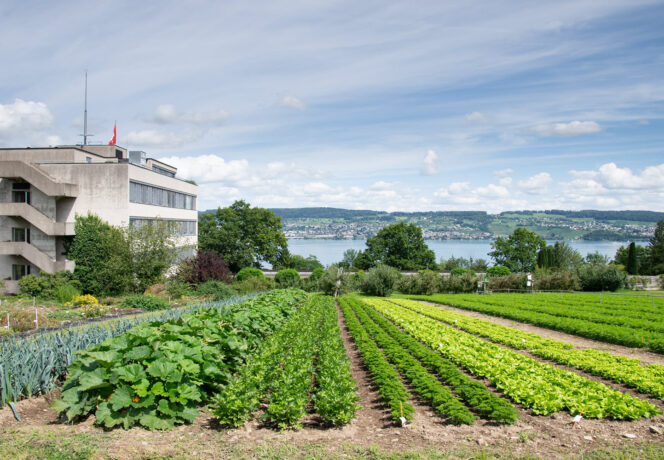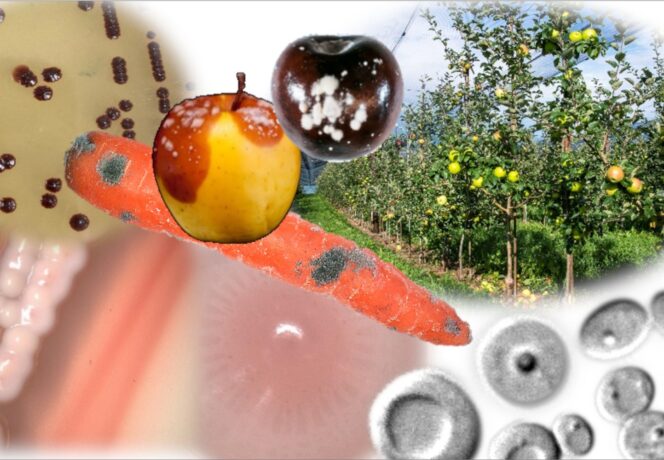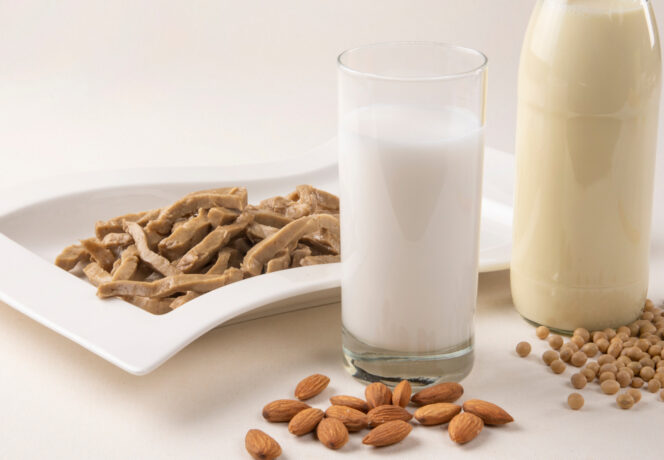Cervelat production with beef casings from different origins
In comparison to the common beef casings from Brazil, beef small intestines from the following countries were tested for their applicability as natural casings for cervelat, a typical Swiss boiled sausage: Brazil (BRA, control), Uruguay (URU), Argentine (ARG), Paraguay (PAR), Australia (AUS), New Zealand (NZL) and Panama (PAN). The sausages were produced with the different casings in one batch according to a typical recipe for cervelat. In comparison to the beef casings from BRA, URU, ARG and PAR, large fat deposits and colour changes were seen in AUS-, NZL- and PAN-casings which were followed by adverse sensory effects (rancidity, colour) in the final products. The occurrence of mucous areas in the casings from BRA, ARG and PAR as well as the thinner URU-casings showed no influence on sensory traits (cold and grilled). No significant differences between the different cervelat types could be seen in texture parameters, neither by instrumental nor by sensorial analyses. It can be concluded from the present study, that beef casings from URU, ARG and PAR can be used as good alternatives to the common BRA beef casings for the cervelat production. Beside the origin, processing quality, storage time and possibilities of importation (available quantities, authorisations) have also to be considered when evaluating alternative cervelat casings.
Full PDF
Cervelat production with beef casings from different origins



